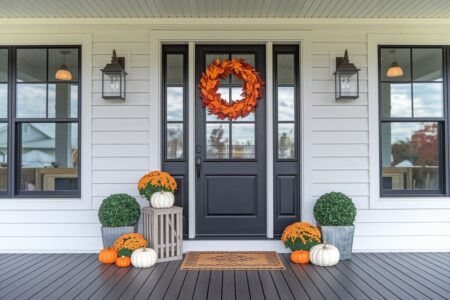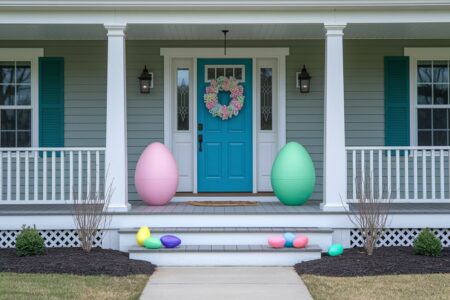Picture this: the height of summer arrives, temperatures soar, and the last thing you want is to heat up your main house by cooking indoors. Enter the summer kitchen — a brilliant solution that has been keeping homes cool and families fed for centuries.
What Exactly is a Summer Kitchen?
A summer kitchen is a separate cooking space, typically located outside the main house or in a detached building, designed specifically for food preparation during warm weather months. These outdoor culinary spaces serve a dual purpose: they keep the main house cool by moving heat-generating activities elsewhere, while providing a comfortable area for cooking, canning, and food preservation when indoor temperatures become unbearable.
Unlike modern outdoor kitchens that focus primarily on grilling and entertaining, traditional summer kitchens were fully functional cooking spaces. They housed wood-burning stoves, preparation areas, storage for cookware, and sometimes even dining spaces for the entire family.
History Behind Summer Kitchens
Summer kitchens have deep roots in American history, particularly flourishing during the 18th and 19th centuries. Pioneer families and rural communities relied heavily on these separate cooking spaces, especially in regions where summers were long and hot.
The concept emerged from pure necessity. Before electric fans and air conditioning, cooking indoors during summer months could make homes swelteringly hot and uncomfortable for sleeping. Wood-burning stoves, which were the primary cooking method, generated enormous amounts of heat that would linger in houses for hours.
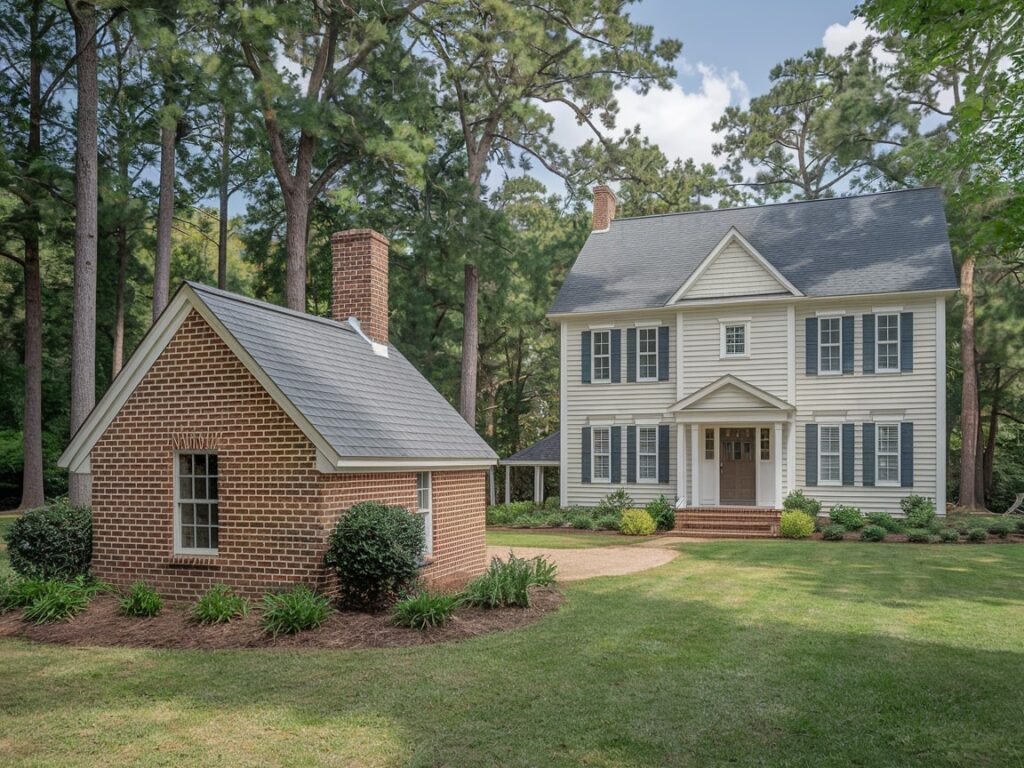
Many summer kitchens were built as small, one-room structures behind the main house. Others were constructed as lean-to additions or incorporated into existing outbuildings like barns or sheds. The Pennsylvania Dutch communities were particularly known for their elaborate summer kitchen setups, some of which included brick ovens for bread baking and stone hearths for multiple cooking methods.
During the Great Depression, summer kitchens experienced a resurgence as families sought ways to reduce household expenses. Canning and food preservation activities moved to these spaces, allowing families to process large quantities of produce without overheating their homes.
Key Characteristics of Traditional Summer Kitchens
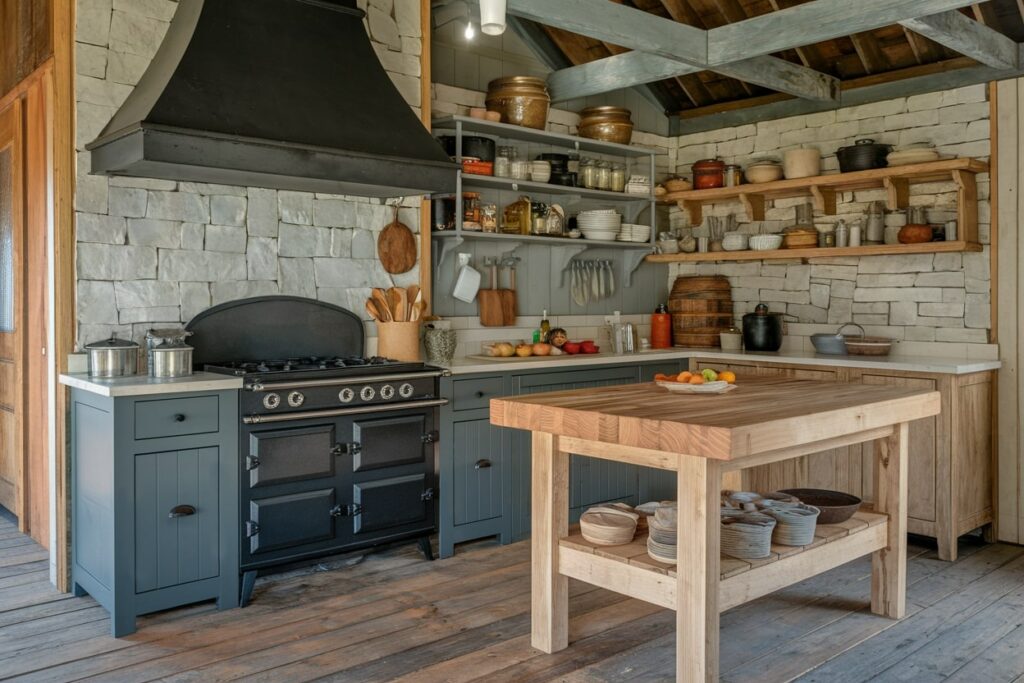
Summer kitchens shared several distinctive features that made them both practical and efficient. Most were built with excellent ventilation in mind — large windows, multiple doors, and sometimes even open sides allowed hot air to escape quickly.
The buildings themselves were typically simple structures. Single-story construction was most common, with high ceilings to help hot air rise and dissipate. Many featured covered porches or overhangs that provided shade while still allowing airflow.
Inside, you’d find essential cooking equipment and features that made these spaces fully functional:
- Cooking equipment: Wood-burning stoves or ranges, preparation tables, and sometimes brick ovens for bread baking
- Water sources: Hand pumps, nearby wells, or large basins for washing dishes and cleaning produce
- Storage solutions: Cupboards for dishes, shelving for cookware, and dedicated areas for canning supplies
- Food preservation areas: Root cellars nearby, crocks for fermentation, and specialized shelving for preserved goods
- Practical flooring: Wood planks, stone, or packed earth that could handle spills and frequent cleaning
- Work surfaces: Butcher block preparation areas built to withstand heavy daily use
Modern Summer Kitchen Designs
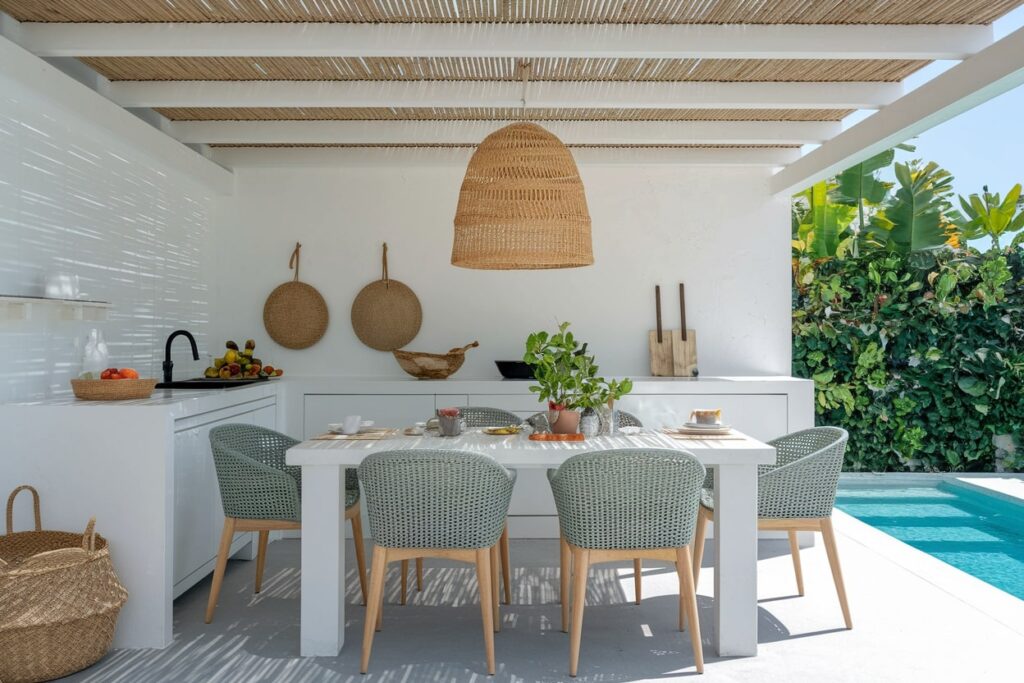
Today’s summer kitchens have evolved dramatically while maintaining their core purpose of providing comfortable outdoor cooking spaces. Modern designs blend traditional functionality with contemporary aesthetics and advanced technology.
Mostly, modern summer kitchens are a covered part of the patio with an outdoor kitchen that has additional equipment for cooking. It can be covered with a pergola or gazebo and placed somewhere in the backyard.
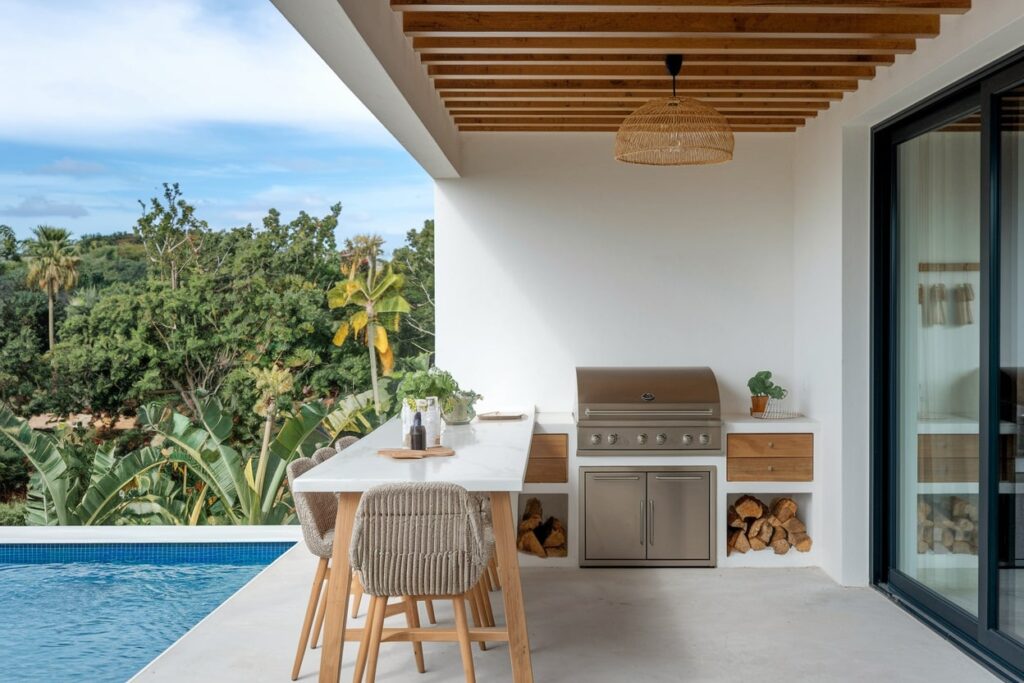
Contemporary summer kitchens often feature sophisticated equipment and design elements that create resort-like outdoor experiences:
- Advanced appliances: Stainless steel grills, wood-fired pizza ovens, smokers, outdoor refrigerators, and ice makers
- Premium materials: Natural stone countertops, custom tile backsplashes, and weather-resistant cabinetry
- Smart technology: Outdoor-rated electrical systems, integrated lighting, sound systems, and even outdoor televisions
- Flexible shelter: Pergolas with retractable canopies, permanent roof structures with fans, or enclosed pavilions with roll-up sides
- Entertainment features: Bar seating, islands for social cooking, and seamless connections to indoor living spaces
- Weather protection: Marine-grade materials, powder-coated metals, and specially treated woods for durability
Many homeowners are discovering that these modern interpretations offer compelling advantages beyond just outdoor cooking.
Also Read: 18 Kitchen Decor Ideas for Summer
Why Summer Kitchens Are Making a Comeback
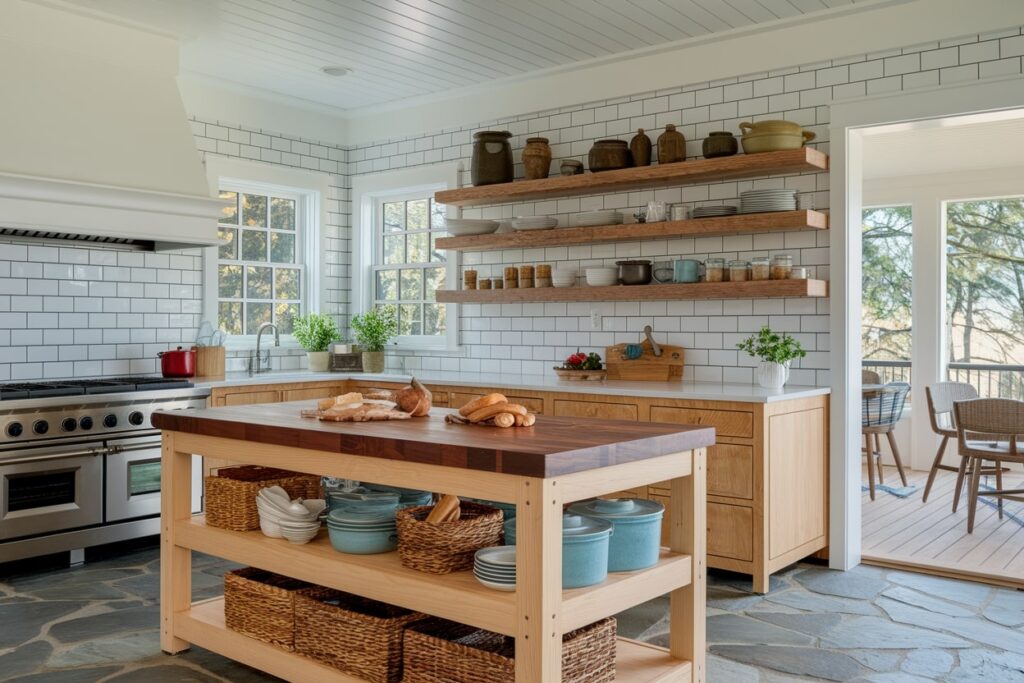
The renewed interest in summer kitchens reflects several compelling benefits that appeal to modern homeowners:
- Energy savings: Keeping heat-generating cooking activities outside reduces air conditioning costs during summer months
- Lifestyle enhancement: Perfect for outdoor entertaining, farm-to-table cooking, and creating memorable family experiences
- Food preservation: Ideal spaces for canning, dehydrating, and processing large quantities of fresh produce without overheating the main house
- Property value: Well-designed outdoor kitchens can significantly increase home resale value
- Health benefits: Cooking and dining outdoors encourages fresh air and social interaction
- Seasonal flexibility: Can be used year-round in many climates with proper design and heating elements
Whether you’re drawn to the historical charm of traditional summer kitchens or excited by the possibilities of modern outdoor cooking spaces, these versatile structures offer compelling benefits for today’s homeowners. They represent a perfect marriage of practical functionality and lifestyle enhancement, proving that some ideas truly are timeless.



